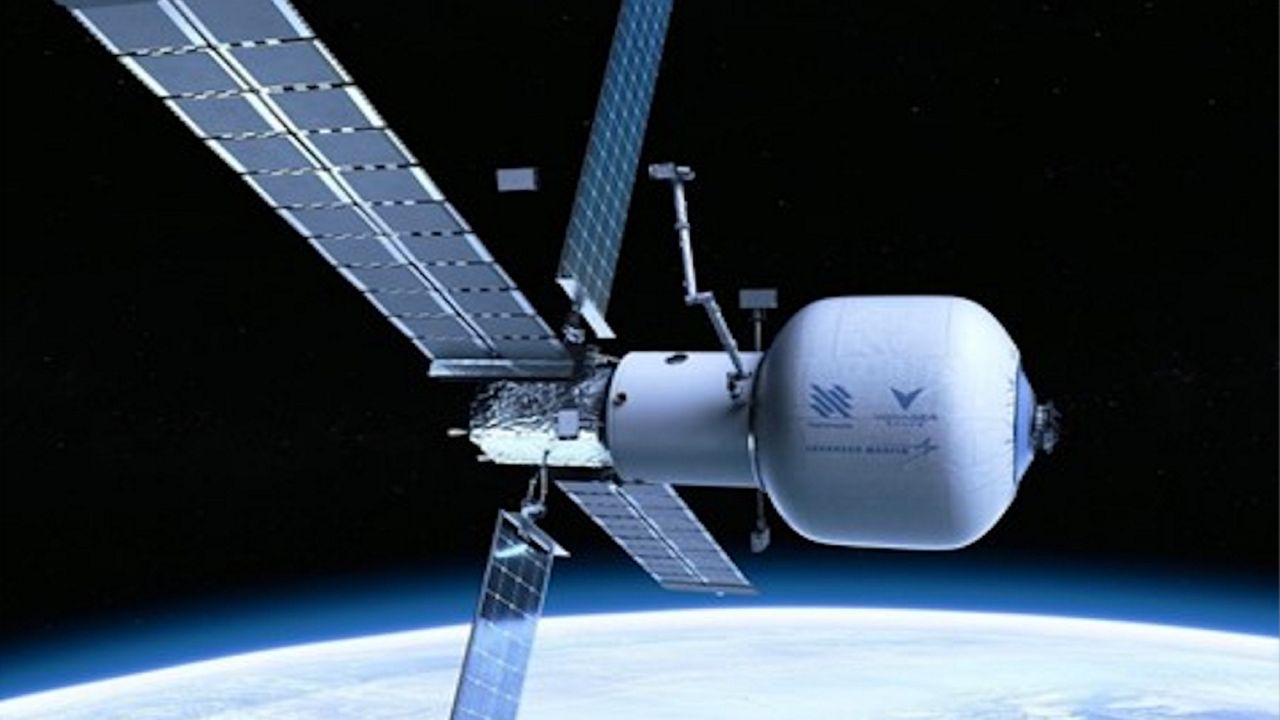CLEVELAND — Longstanding strengths in space research and technology are positioning Ohio to lead the third revolution in flight: the commercializing of space.
Experts from industry, academia, economic development and government shared their experiences and visions for life and travel in space — and what that could mean for Ohio — at the third annual Ohio Space Forum, hosted by NASA Glenn Research Center in Cleveland, on Wednesday.
Ohio has a unique opportunity to leverage its research and development, industry, supply chain and workforce expertise in national security and civil space to lead commercialization in space at an industrial scale, said John Horack, professor, Neil Armstrong chair and senior associate dean of engineering at Ohio State University in Columbus, Ohio.
Nowhere is this opportunity more evident than in Ohio's leadership in developing the Starlab commercial space station and its George Washington Carver Science Park — the multimillion-dollar, NASA-funded effort to develop a new generation of commercially based, human-occupied space stations in low-Earth orbit — Ohio State announced in February.
Starlab is led by Nanoracks, a commercial space company in Houston and includes partner organizations Voyager Space (majority shareholder in Nanoracks); Lockheed Martin; Middleburg Heights, Ohio-based Zin Technologies; the Universities Space Research Association in Columbus; and the International Association of Science Parks and Areas of Innovation, the university said.
NASA awarded Nanoracks a $160 million Space Act Agreement to design and deploy the Starlab commercial space station as part of the agency’s Commercial Low-Earth Orbit Development program, Ohio State said.
Horack, who is leading Ohio State's involvement in Starlab, moderated a panel discussion on Wednesday with Jeffrey Manber, president of international and space stations for Voyager Space in Denver; Carlos Grodsinsky, chief operating officer of Zin Technologies; Richard Verbus, associate director of commercial low-Earth orbit destinations at the Universities Space Research Association; and Scott Shearer, chair of Ohio State's food, agricultural and biological engineering department.
Ohio State’s efforts will support the science park, which will be the core science element of Starlab once it achieves initial operational capability in space in 2027, the university said.
"If we don't get any other message across... the Starlab and George Washington Science Park is a transformational opportunity for Ohio to put this commercial space anchor in place in a way that no other region in the country has the opportunity to do," Horack said.
Horack also believes that the Starlab project has a decades-long return on investment tail that could lead to long-term prosperity and job opportunities for Ohio.




